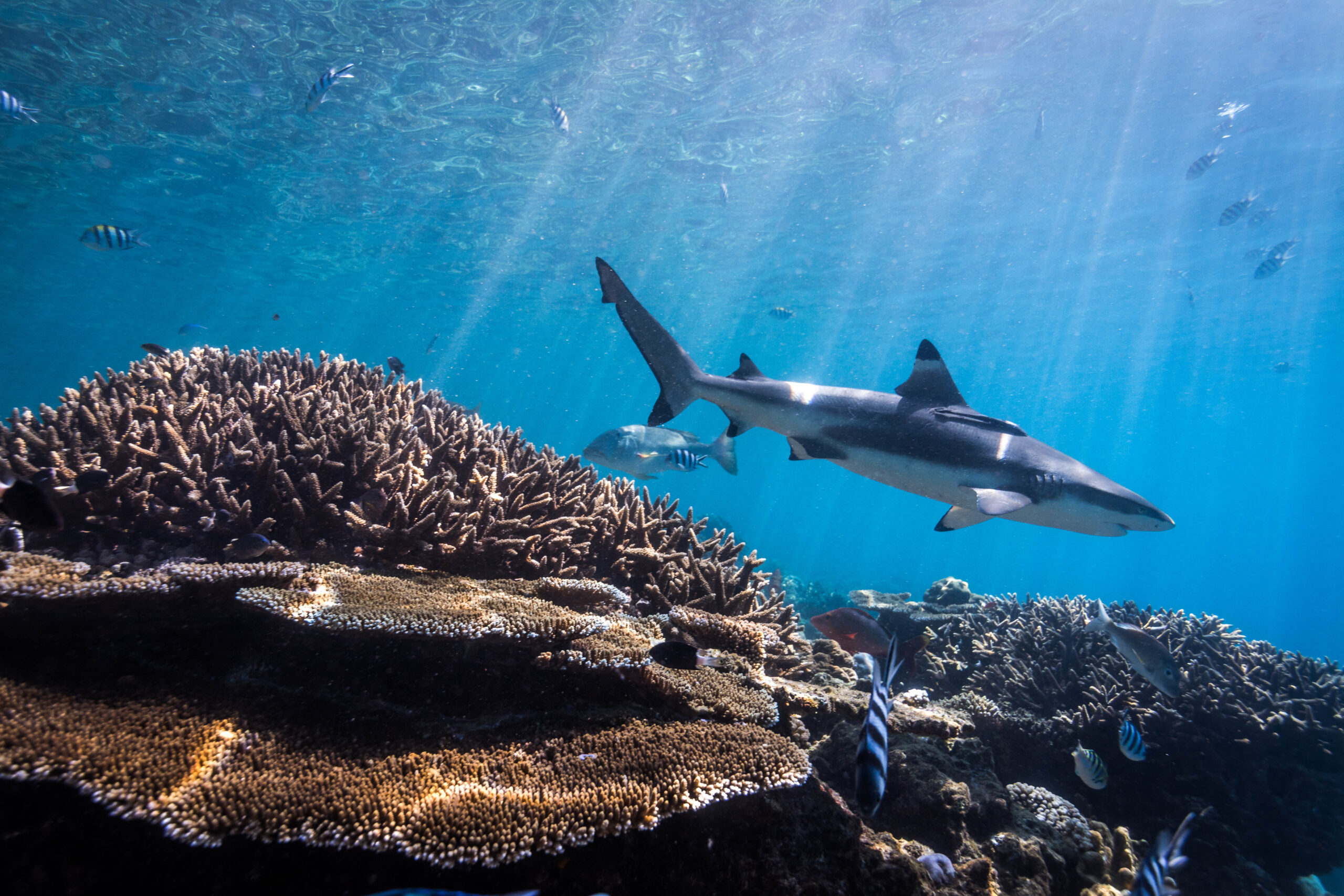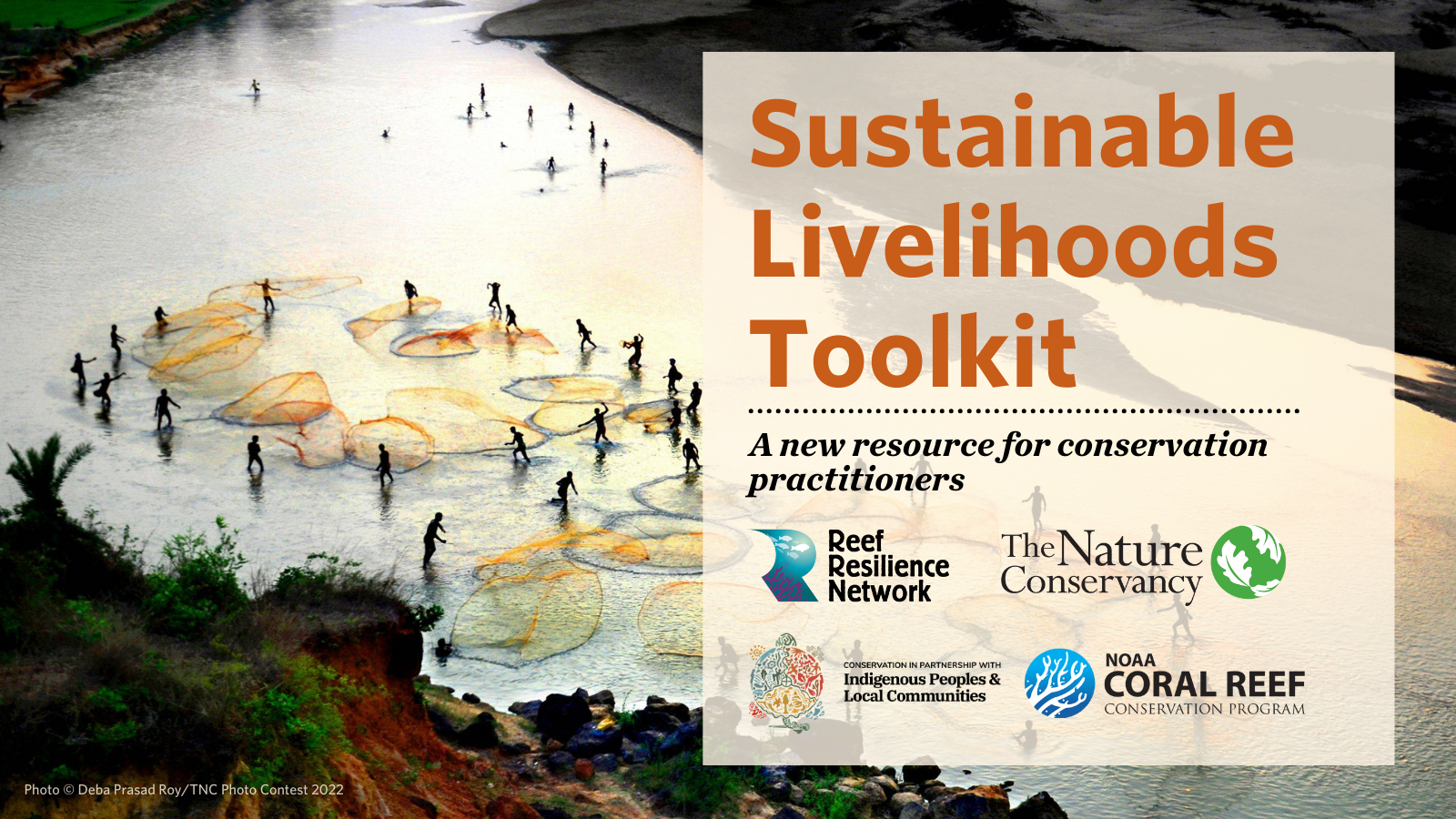This study used nitrogen isotopes in macroalgal tissue and various fecal indicator bacteria (FIB) to measure water quality in surface and benthic waters with the goal of determining the impact of sewage pollution on coral reefs. Submarine groundwater discharge (SGD) and tidal flux were considered by sampling at sites that varied in distance from the coast, including shoreline, bench, and shelf, as well as in proximity to areas using onsite wastewater treatment systems. Sampling for FIB showed levels well above the Hawaii Department of Health standards for both surface and benthic waters, particularly along the shoreline. High FIB and nutrient concentrations were negatively correlated with coral cover in sample areas. Additionally, the highest nutrient concentrations were found along the shoreline and were correlated with Enterococcus and Clostridium perfringens in surface waters. The finding of decreased nutrients further from the coast suggests dilution with distance from the contamination source, supporting the hypothesis that these FIB originate from sewage. Water quality variations between benthic and surface water was observed, with surface water measurements showing higher concentrations of contaminants. However, this pattern shifted in response to weather events and ocean mixing. Higher benthic concentrations resulting from this mixing confirmed the negative correlation of contaminants and coral cover, demonstrating that declines in coral cover result from competition with algae or coral diseases are correlated with sewage pollutants. This paper highlights the importance of using multiple indicators to determine sewage pollution and includes detailed methods for replication and assessing the impact of sewage on coral reefs.
Authors: Abaya, L., T. Wiegner, J. Beets, S. Colbert, K. Carlson, and K.L. Kramer
Year: 2018
View Abstract
Email for full article: resilience@tnc.org
Marine Pollution Bulletin 130: 335-347. doi:10.1016/j.marpolbul.2018.03.028


